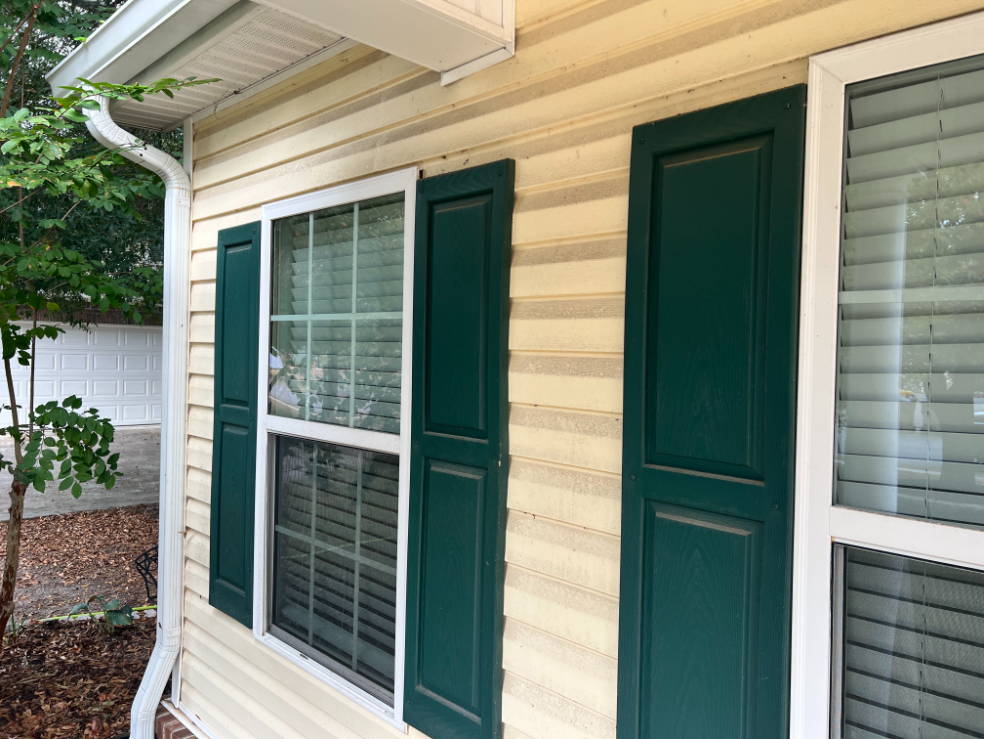Table of Content
Bankrate follows a strict editorial policy, so you can trust that we’re putting your interests first. The offers that appear on this site are from companies that compensate us. This compensation may impact how and where products appear on this site, including, for example, the order in which they may appear within the listing categories. But this compensation does not influence the information we publish, or the reviews that you see on this site. We do not include the universe of companies or financial offers that may be available to you. You can also discover more about how simple the process is with Loanplicity®, our best-in-class digital mortgage experience.

Most mortgage lenders will allow you to lock in your interest rate for your new loan. The amount of time during which lenders will let you lock in your rate can vary, but it will typically range from 30 to 60 days. Some lenders may allow you to lock the rate for up to 120 days. The first step is to interview several potential lenders before locking yourself into one arrangement.
Apply for Refinance
Since each application triggers a hard credit check, multiple applications will tell the credit bureaus that you're rate shopping, or shopping around for the best rate. Instead of multiple hard credit inquiries, only one will show up on your credit score. This means you won't get hit with many hard credit checks which would cause your score to plummet.
Calculating the break-even point for your new loan reveals how long it will take you to recoup the cost of refinancing. The process of refinancing is very similar to applying for your original mortgage. We’re transparent about how we are able to bring quality content, competitive rates, and useful tools to you by explaining how we make money.
Texas Housing Market Report for Home Buyers
There are many benefits to refinancing, but they will vary based on your current situation and financial goals. Typically, the number one benefit is saving money, but there are many others as well. You can use a refinance to switch from a fixed-rate mortgage to an adjustable-rate mortgage and vice versa. Save money and get cash from your home with refinance offers at LendingTree. Refinancing a mortgage is taking out a new loan, so you'll need to get your credit score in tip-top shape to grab the lowest interest rate available. If you take out a new loan for more than you owe, you can pocket the difference in cash through a cash-out refinance.

These costs can often be folded into your new mortgage, but doing so will add to your monthly payments. Therefore, you’ll want to fully understand these charges and take them into account to ensure that your monthly savings from a refinance will more than offset the costs. The historic low mortgage rates we saw in 2020 are gone, and the30-year fixed rate mortgage has officially moved above 4%. While the lending and underwriting process is complex and multifaceted behind the scenes, the process for the homeowner should be streamlined and accommodating under the guidance of your loan officer. Try to avoid applying for any new credit—like a personal loan, car loan, or credit card—when you’re refinancing. Importantly, this can affect your credit score or alter your debt-to-income ratio, which can affect whether you qualify for a refinance.
The Bankrate promise
A renovation refinance can help you modernize or repair your home. The costs of renovations would be rolled into your current mortgage, so you would still only have one loan and one monthly payment. If you live in a community property state, the lender may also want to see verification of your spouse’s income . One thing a lender is looking at is your DTI or debt-to-income ratio.

Multiple offers may persuade lenders to compete against each other for your business. Without an accurate estimate of your home’s value, you could easily pay too much to refinance the mortgage. If the answer is “yes,” then a cash-out refinance might be your next step. She has won several national and state awards for uncovering employee discrimination at a government agency, and how the 2008 financial crisis impacted Florida banking and immigration. A home equity loan is a second mortgage that allows you to borrow against your home equity and receive funding in a lump sum. Like most loans that allow you to tap your equity, borrowers will generally be required to keep at least 20% equity in their home.
If you simply want to adjust the interest rate or the term , you will need a rate and term refinance, also known as a traditional or regular refinance. If you want to tap your equity for cash that you can use for other reasons, choose a cash-out refinance. Rebecca McClay is a financial content editor and writer specializing in personal finance and investing topics. For more than 15 years, she's produced money-related content for numerous publications such as TheStreet and MarketWatch, and financial services firms like TD Ameritrade and PNC Bank.
With a HELOC, even if your rate is high now, it could become lower in the future . After the refinance closes, your new loan will pay off your old mortgage and take its place. Adding new credit can indicate to lenders that you’re struggling to meet your financial obligations.
For instance, if you’re planning to move in a few years, it’s likely that a refinance won’t make sense, since you won’t have enough time with the better terms of the new mortgage to offset the closing costs. A mortgage refinance means you get a new home loan to replace your existing one. If you can refinance into a loan with a lower interest rate than you’re currently paying, you save money on your monthly payment and the interest you pay over the loan term. Once you’ve researched potential lenders and determined which type of mortgage best suits your goals and current needs, it’s time to apply for a refinance.

You may want to take advantage of lower interest rates than your current mortgage has to save money. You may also want to withdraw equity from your home, which would provide you with cash to use for, say, home renovations or your child’s college expenses. Higher interest rates increase the monthly payments and long-term cost on your new home loan. So it’s in your best interest to find these credit errors and correct them ahead of time. There are many free refinance calculators readily available online which can help you determine if refinancing will save you money. With a refinance calculator, you can enter your current mortgage terms, the new proposed mortgage terms and any fees for refinancing.
In many cases, you will refinance immediately, though some loans may require a waiting period. The FHA loan, for example, requires a 210-day waiting period before being eligible for an FHA streamline refinance. Carissa Rawson is a personal finance and credit cards expert who has been featured in numerous publications, including Forbes, Business Insider, and The Points Guy. Carissa earned a bachelor's from the American Military University and has an MBA from Norwich University, an M.S. From the University of Edinburgh, and is currently pursuing an MFA from National University.

Yes, you can lose equity when you refinance if you use part of your loan amount to pay closing costs. But you’ll regain the equity as you repay the loan amount and as the value of your home increases. Or, you could simply make additional principal payments to avoid extending your repayment time frame.
One major side effect of this value increase was that those with mortgages saw their home equity increase greatly. By CoreLogic's measure, home equity in the U.S. grew 27.8% year over year in the second quarter of 2022. So a 5/1 ARM will have a fixed rate for the first five years of the mortgage, and then the interest rate can be adjusted once every year after that.


No comments:
Post a Comment